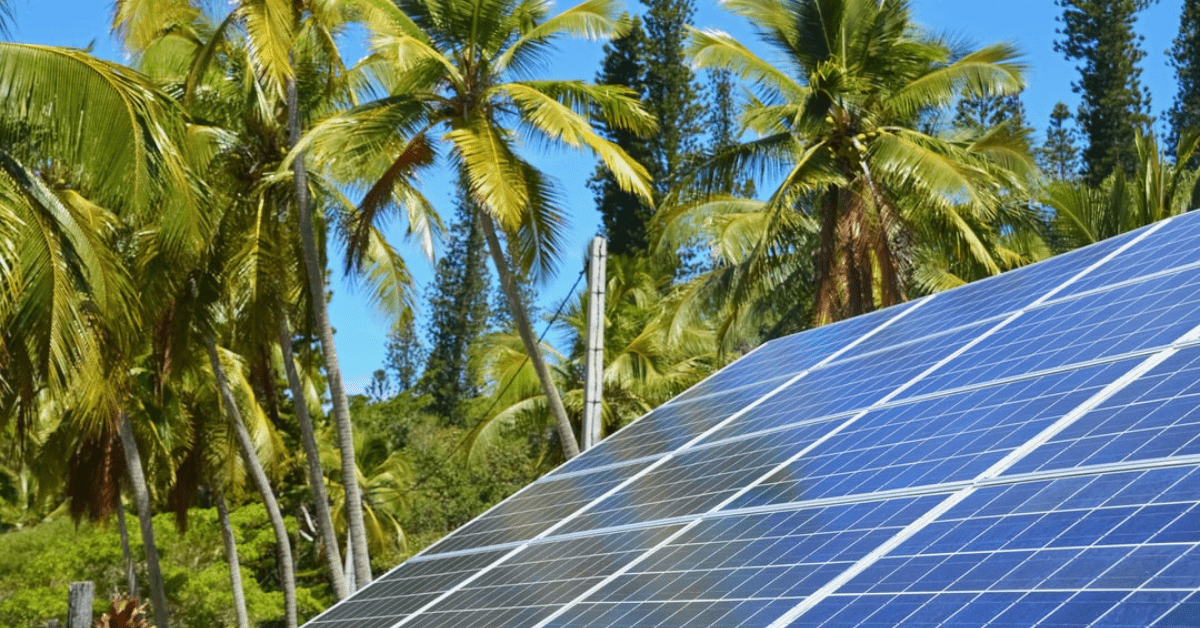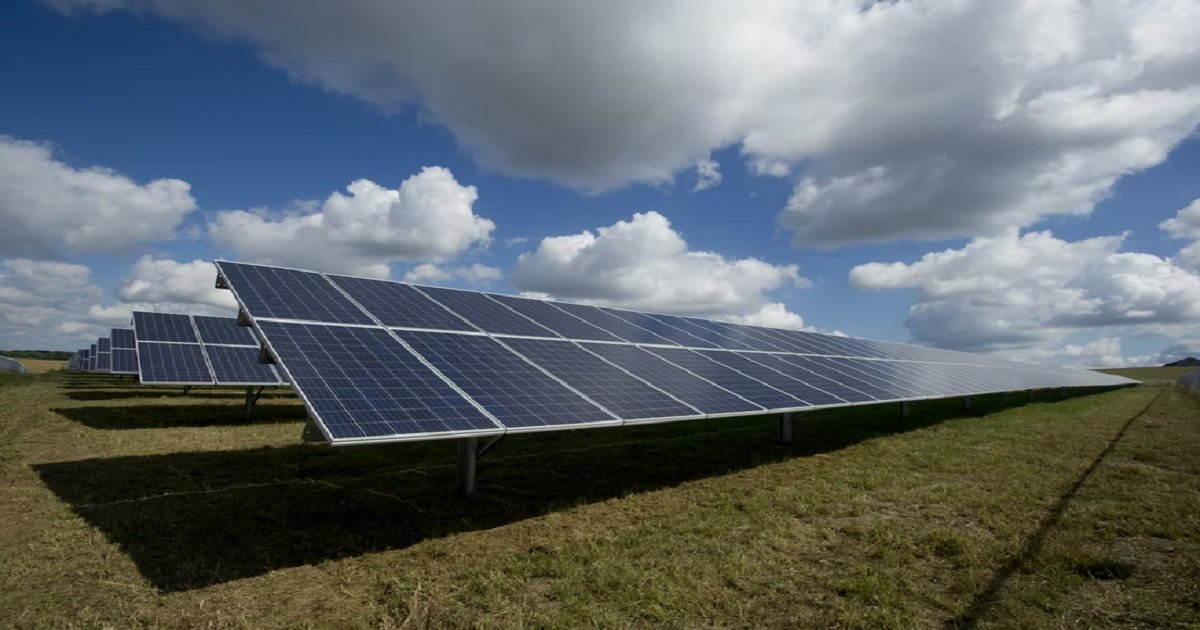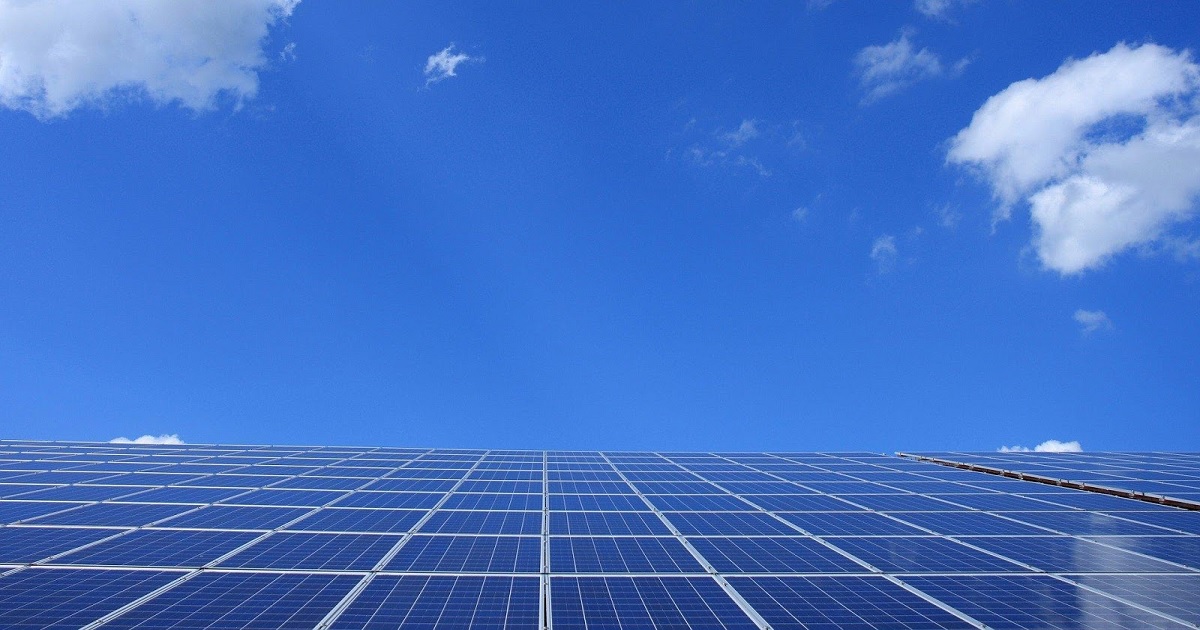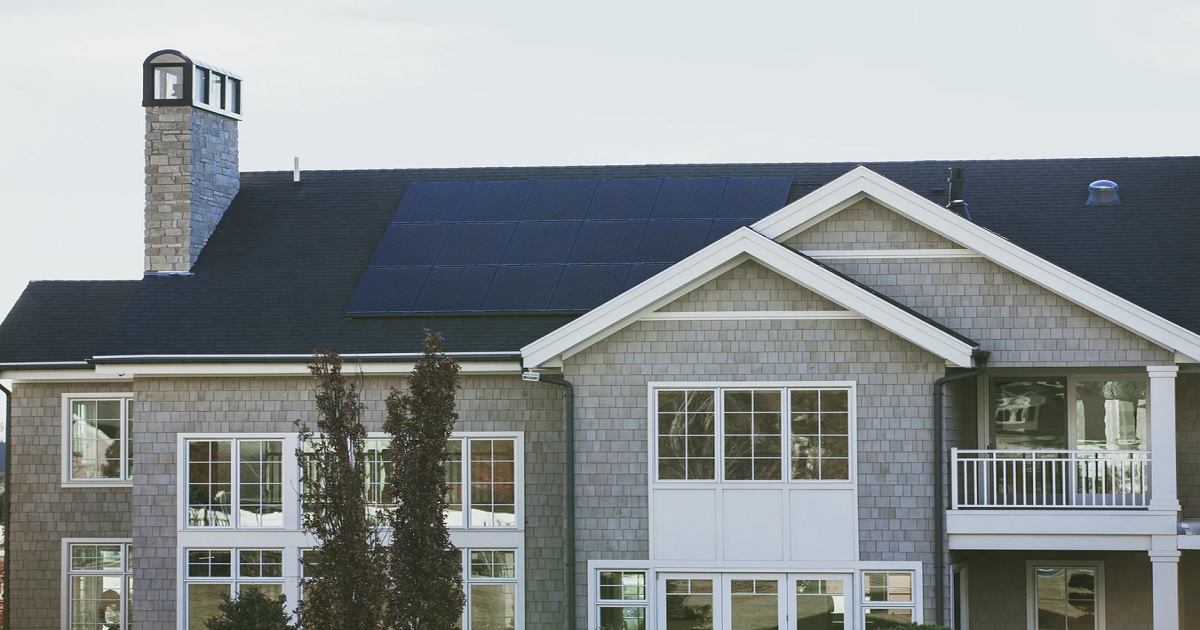
Electricity costs are rising, and the use of standard power is becoming more and more controversial each day. Home solar panels are just one solution to the energy crisis our planet faces. But it’s the solution that has seen the most adoption in recent years.
A big reason for increased adoption is that solar panel prices are decreasing every single year. Higher demand, more efficient technology, and scaleable manufacturing are driving the price down.
But it’s not quite free yet. The average cost of solar panels is still a major investment. It’s one that will pay itself off in a matter of years, but you still need the upfront financing in order.
So how much can you expect to pay for solar panel installation? Read on below to find out now.
Financial Help for Residential Solar Panels
Before looking at the numbers you’re going to need, you need to realize that there is plenty of financial help available when installing solar panels.
The government knows we are in an energy crisis. As such, they are currently running tax incentives to help cover the cost of widespread solar power.
When you install solar panels before the end of 2022, you’ll receive a 26% tax credit when filing your return. That’s a dollar-for-dollar credit, not just a reduction in taxable income.
If you install it in the year 2023, you’ll get a 22% tax credit. This program is likely going to be discontinued soon after 2023, so it literally pays to jump in as soon as you can.
Average Cost of Solar Panels
So you can get around a 25% discount through the government tax credit. But what is the cost you can expect to pay?
The average installation cost is around $20,000. That’s the cost for a full installation, with the intent of completely replacing your electricity bill. If you don’t want to spend quite that much, you can complete a partial installation with the goal of lowering your energy bill.
But $20,000 is just the average. Smaller homes will require fewer panels. Homes with more energy-efficient upgrades already completed will require fewer panels. And those in sunnier locales may require fewer panels.
So there are plenty of factors that may affect the price you can expect to pay. You’ll need to contact a local solar expert who understands your region for a more accurate number.
But even if you did pay the average of $20,000, the tax credit would lower your all-in cost to just $14,800. And additional local incentive programs may be available to help lower the cost even more.
Your installation may even qualify for a net metering program. With this in place, your panels will sell excess electricity to your local power grid. So if your panels are doing a great job, they may even make you money, as opposed to just saving you money.
Sooner Is Better
The average cost of solar panels may still seem high, but it’s going down every single year. The government has put a huge focus on the reduction of solar costs to continue encouraging mass adoption.
So even if you can’t afford it this year, it may fall into your budget within the next few years.
Looking for more financial tips? Head over to our blog now to keep reading.

















